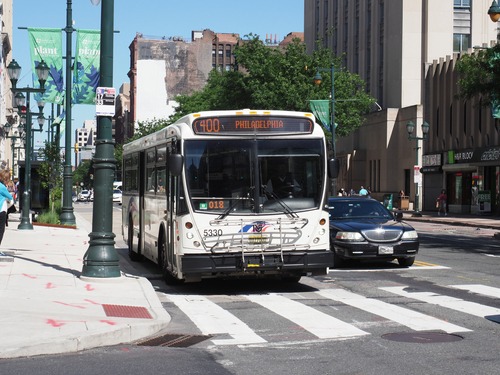
Philadelphia Mayor Jim Kenney announced Philadelphia’s Transit Plan, a Vision for 2045, on Monday.
The Transit Plan lays out the plan for improving public transit in Philadelphia. Kenney’s office said access to public transportation is key to economic opportunity for many residents, especially low-income residents. Thirty-nine percent of low-income residents say that the biggest barrier to getting and keeping a job for them is access to reliable transportation.
“We cannot fully address the systemic racial disparities among our residents, recover from the current economic crisis, and fight the climate crisis without investing in public transportation,” Kenney said. “The coronavirus pandemic and its economic challenges make transit planning more important than ever.”
The Transit Plan will focus on a Policy Platform, Bus Corridors, and High-Capacity Transit while focusing on five principles – Transit for safety and reliability and cleanliness; transit for the environment; transit for an equitable and just Philadelphia; transit for today’s challenges and transit for the future.
“This plan builds on nearly a decade of planning conducted by the City, expands on a history of inter-agency cooperation to improve transit service, and sets a vision for what the renewal and recovery of transit looks like post-pandemic,” said Deputy Managing Director for Transportation Mike Carroll. “We also made sure to utilize a variety of engagement resources to inform and test the ideas with residents, and both transit riders and nonriders.”
The Transit Plan was developed over 17 months. It was created by the collaboration of the City of Philadelphia, the Delaware Valley Regional Planning Commission (DVRPC), the Southeastern Pennsylvania Transportation Authority (SEPTA), the Pennsylvania Department of Transportation (PennDOT), New Jersey Transit (NJ Transit), and the Port Authority Transit Corporation Speedline (PATCO).